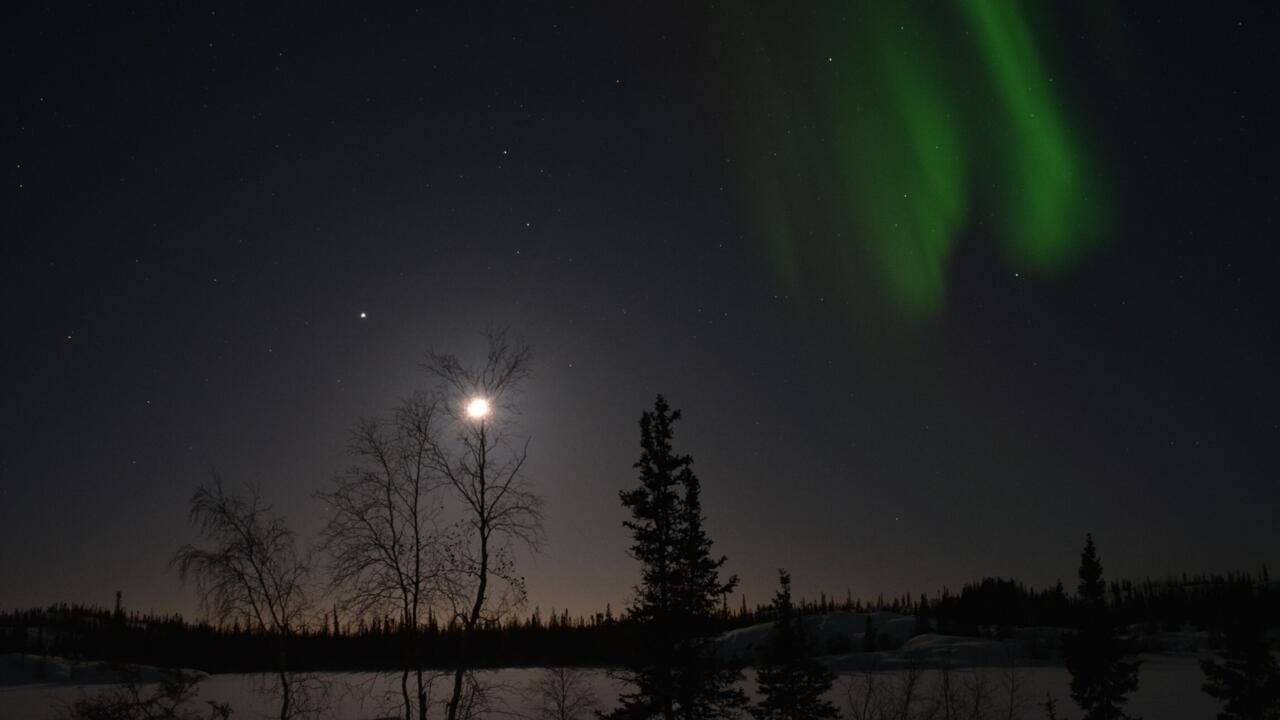Canada: Northern Lights, from Legend to Economic Reality for Indigenous Peoples
Published on:
*From our correspondent in Canada,*
It is difficult to describe the feeling of seeing the Northern lights for the first time. The rapid appearance of the auroras, the discreet veil intensifying suddenly to paint the starry sky with green and colors, leaves a lasting impression. The solar wind’s ballet that strikes the layers of the atmosphere adds to the spectacle.
For the inhabitants of the Far North, the auroras are part of daily life. They have woven oral legends to make sense of this magnetic phenomenon. In Inuit communities, they are seen as guides or torches directing spirits towards paradise.
For the Sami people of Northern Europe, the auroras represent the spirits of the dead, potentially dangerous if disturbed. Among the Dene people, the auroras are called “Naka,” the spirits of the ancestors celebrating their descendants’ success through dance. Even the non-indigenous residents in places like Yellowknife develop beliefs related to the auroras.
Amateur photographers whistle while waiting for them, hoping to attract the lights, and some feel like the sky is communicating only with them, offering a unique spectacle. Yellowknife is one of the best places in the world to see auroras, but indigenous businesses offer much more than just this phenomenon. They also aim to showcase their culture, traditions, and way of life.
Tourism is a way to revitalize an area once centered around diamond mining and now facing decline. It also serves to combat systemic racism against Indigenous peoples, who suffer from higher unemployment and incarceration rates compared to average Canadians. Developing aurora tourism is a means to counter stigmatization, attract tourists, and promote Indigenous culture.
It’s important for tourists to be aware of this and choose Indigenous experiences to ensure sustainable and socially conscious tourism deeply rooted in the landscape. This is a way to continue transmitting stories through generations.
